Ironwood
Scientific name: Krugiodendron ferreum
POWO Status: Tree
IUCN Red List threat level: Least Concern
GPS Location: 17° 42′ 58.75″ N, 64° 49′ 44.13″ W
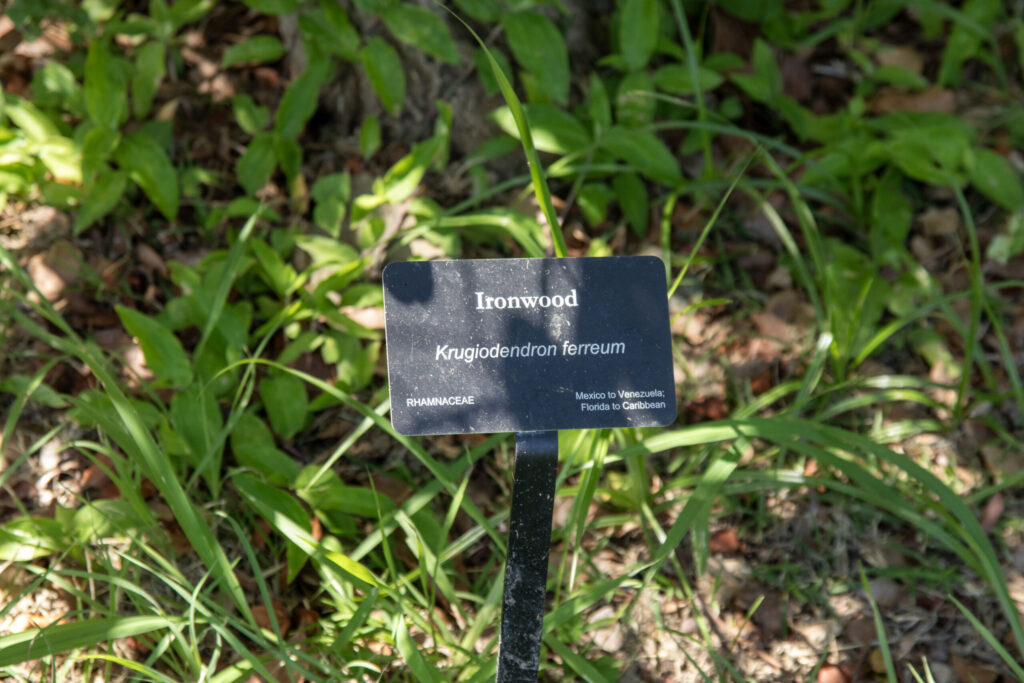
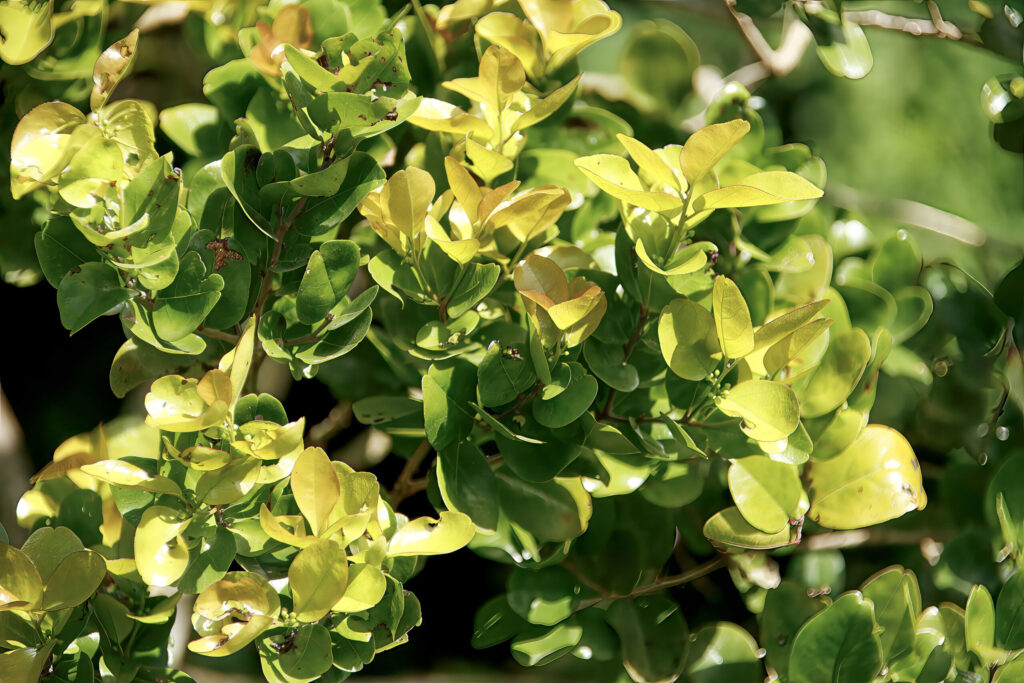
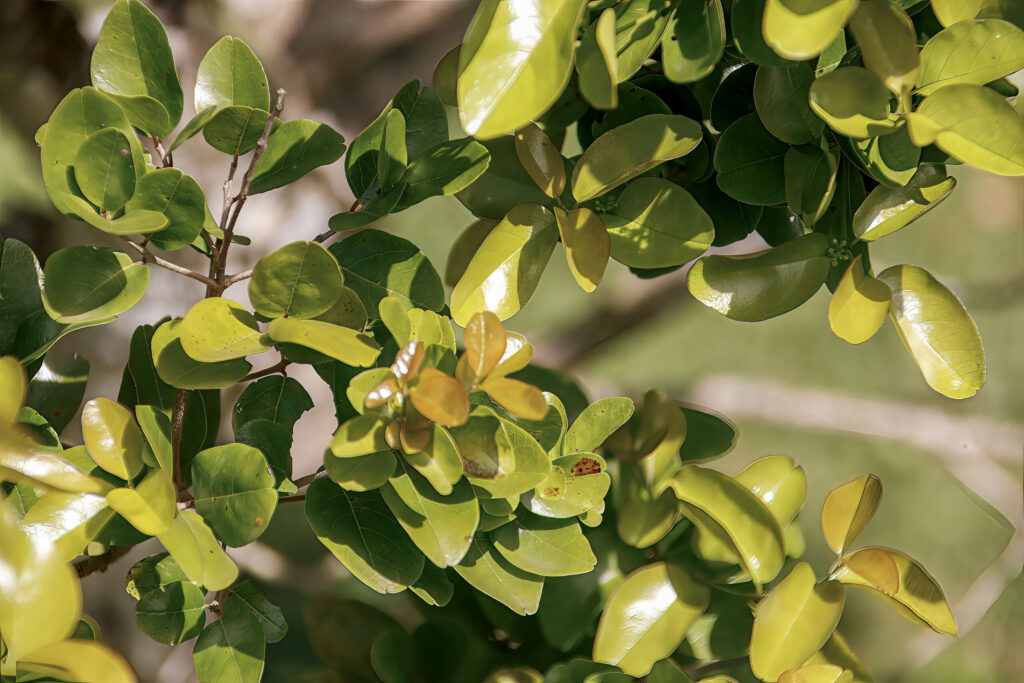

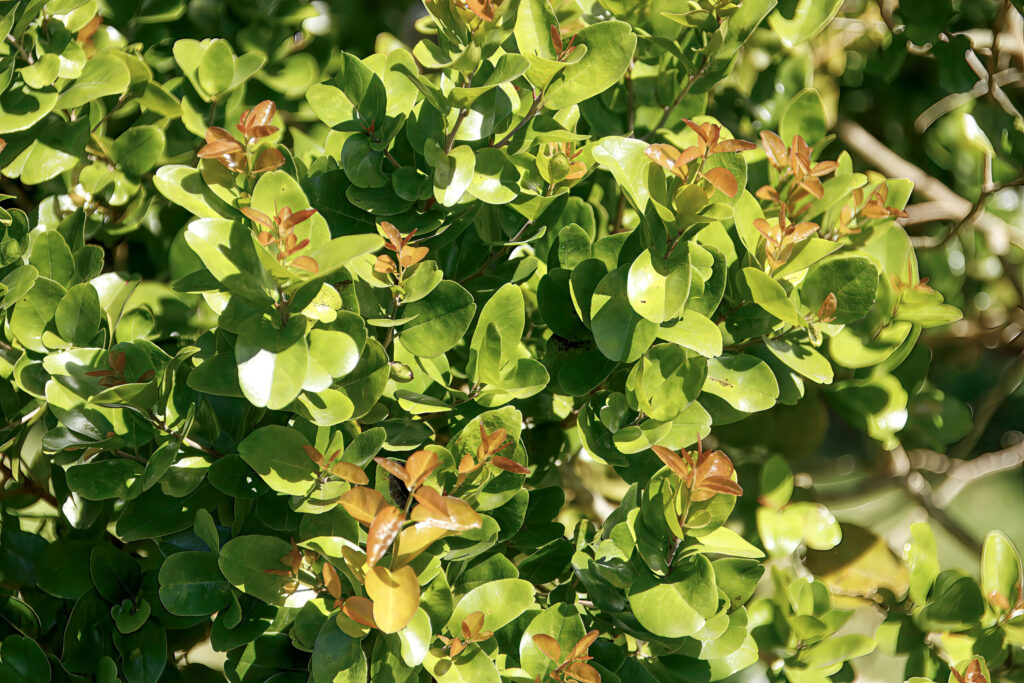
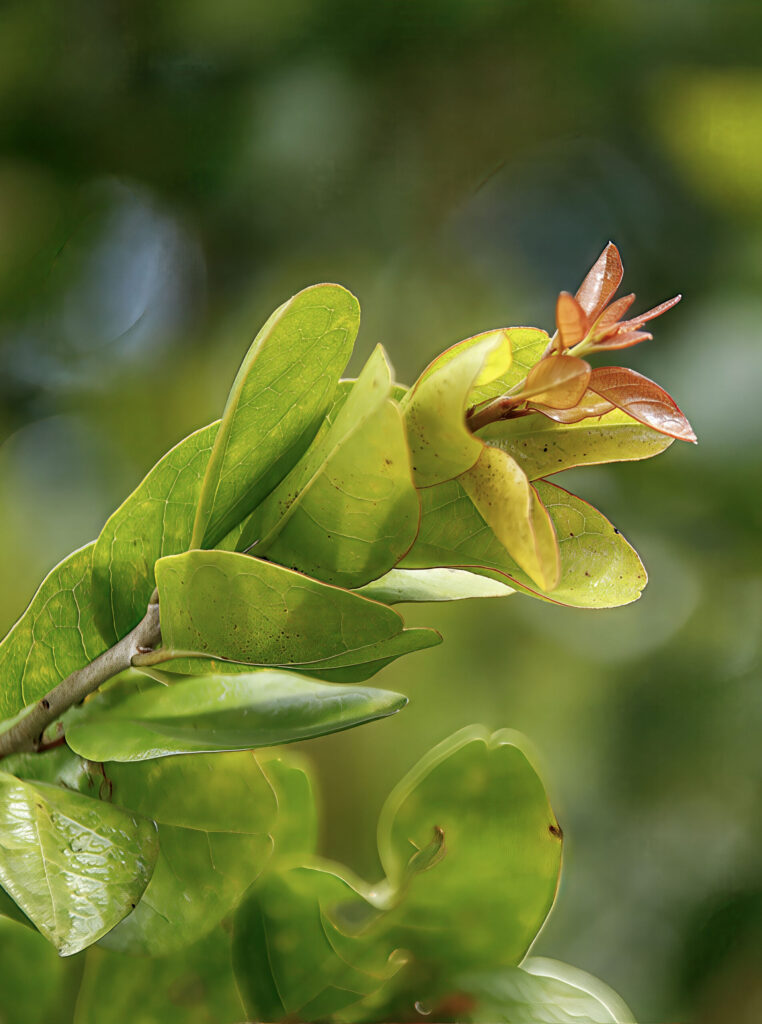
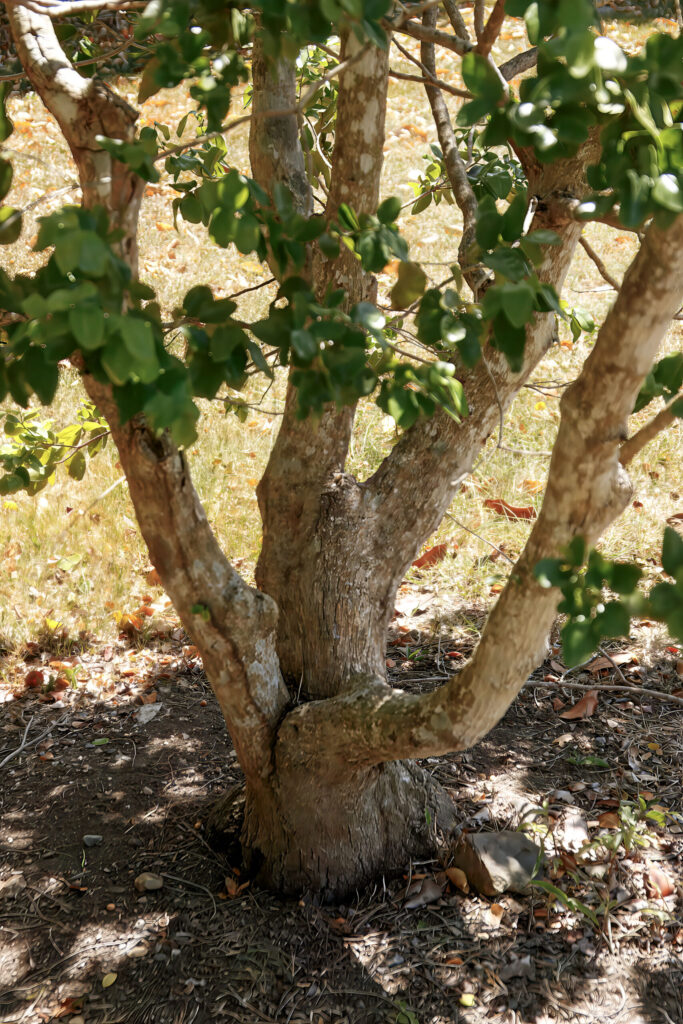
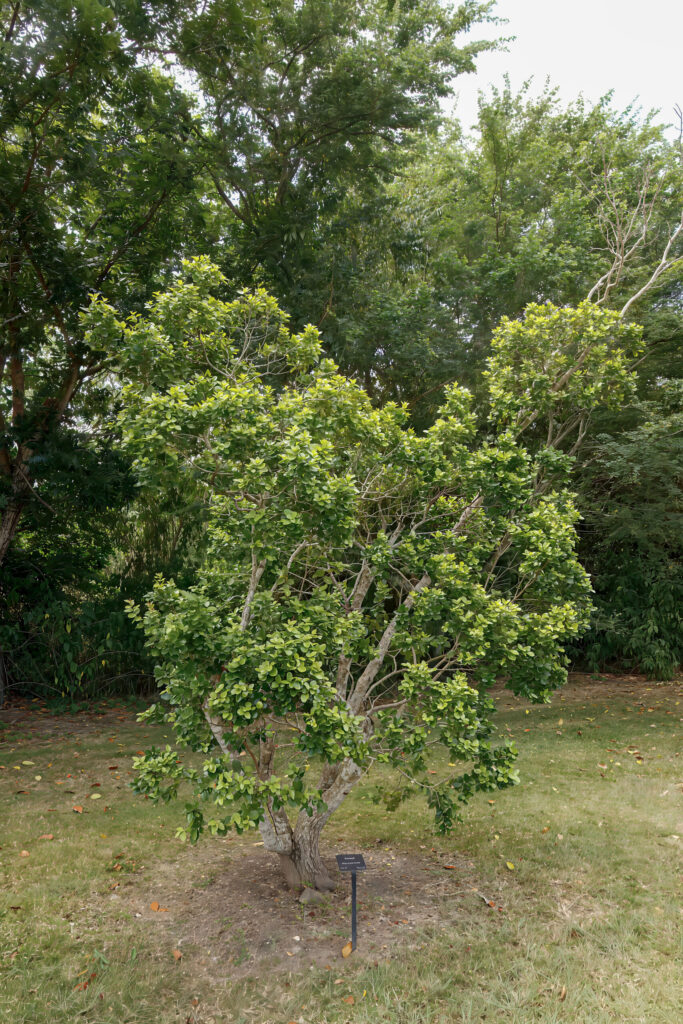
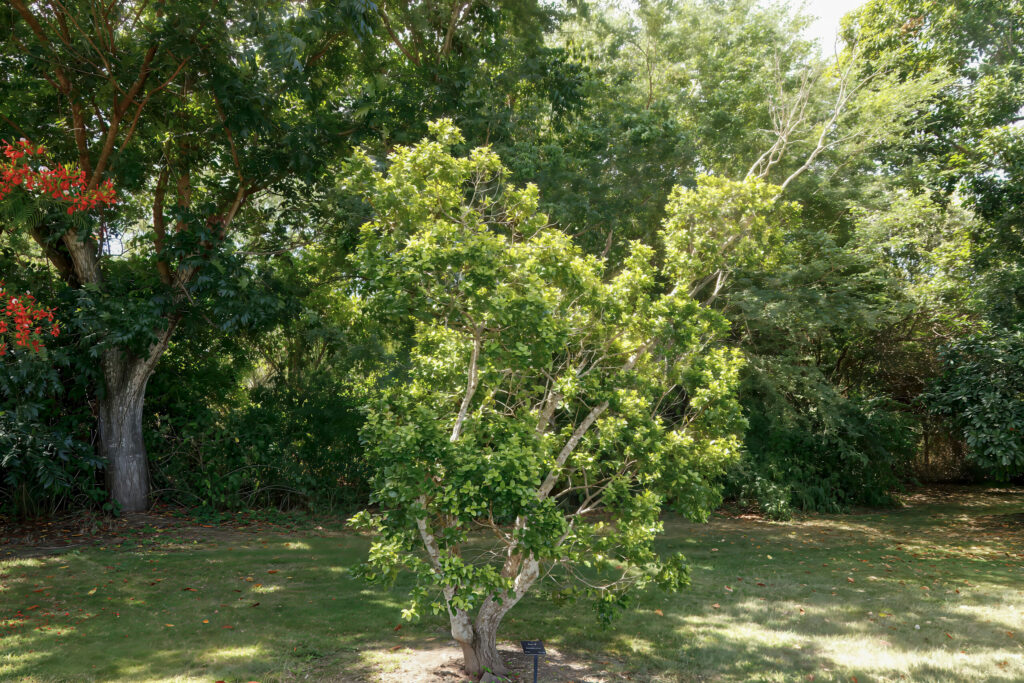

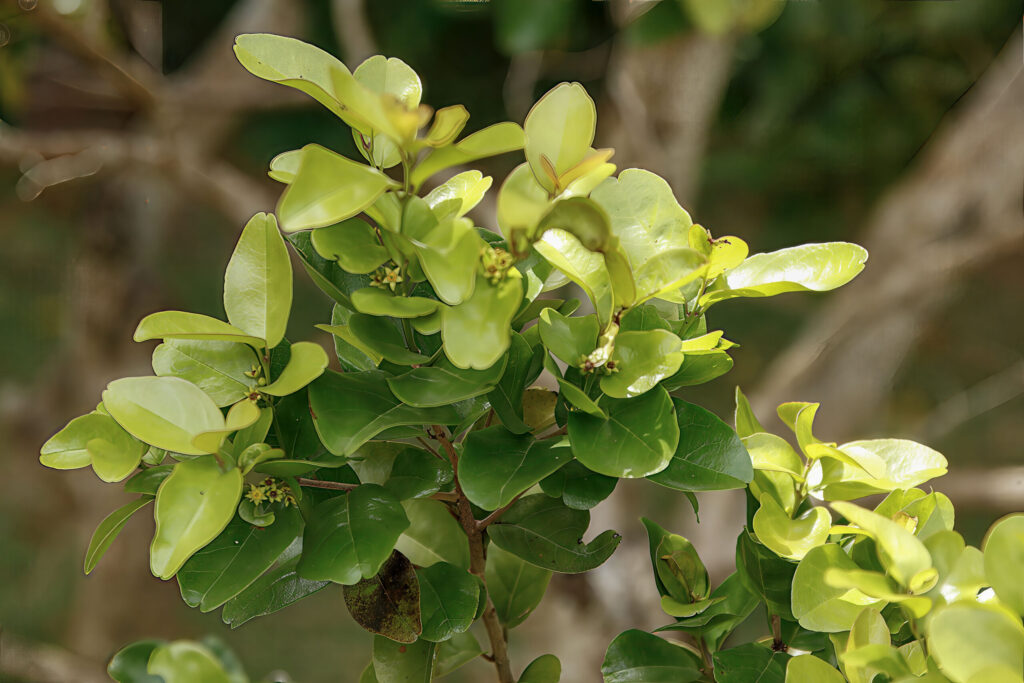
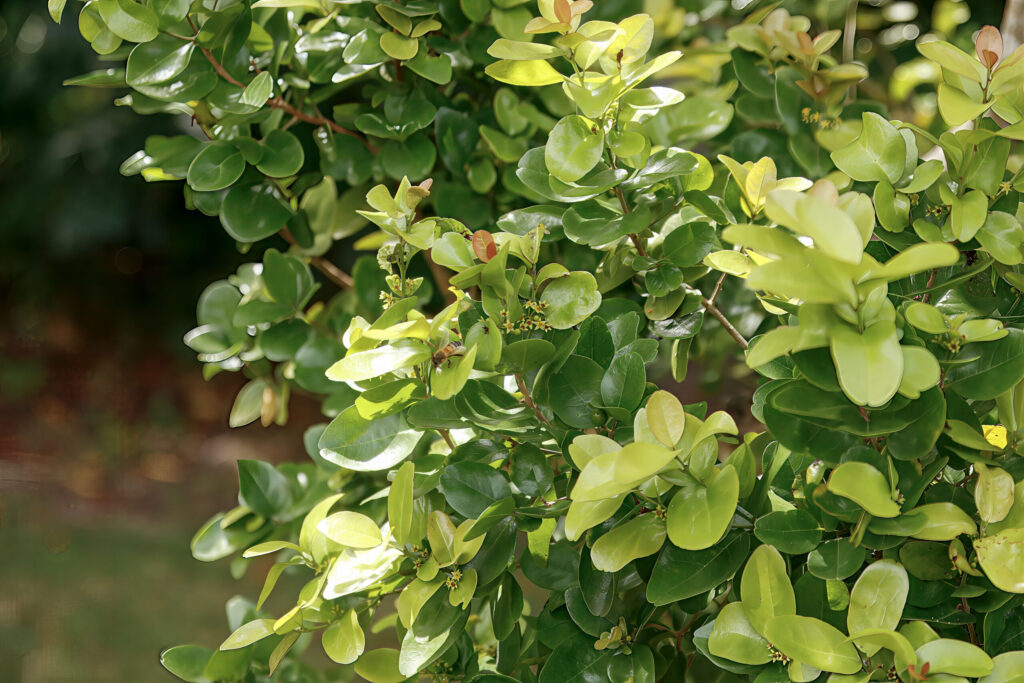
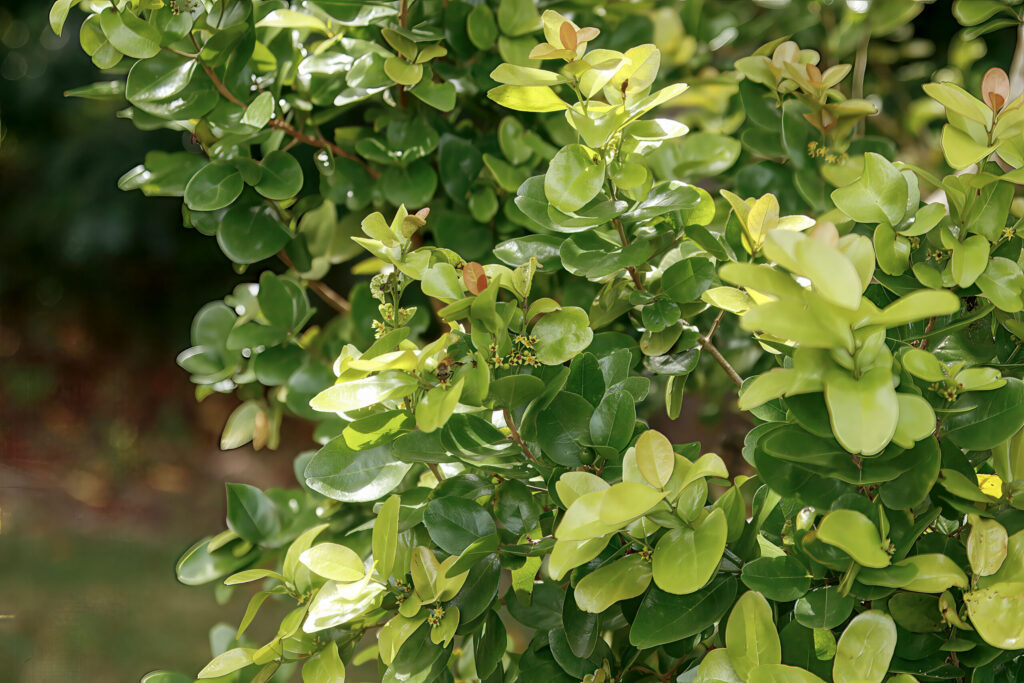
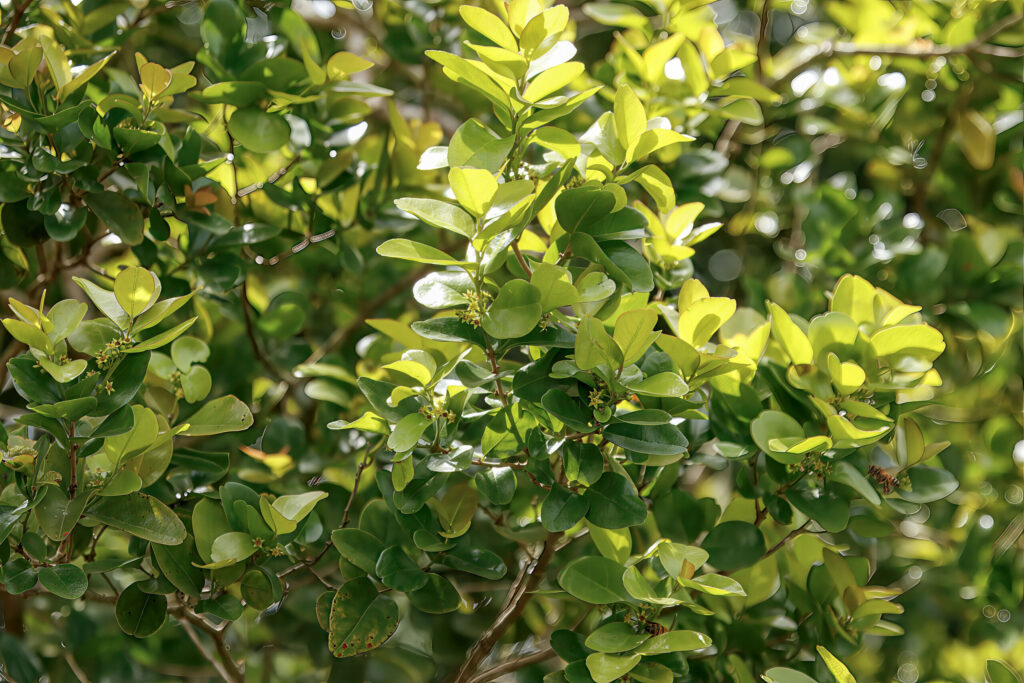
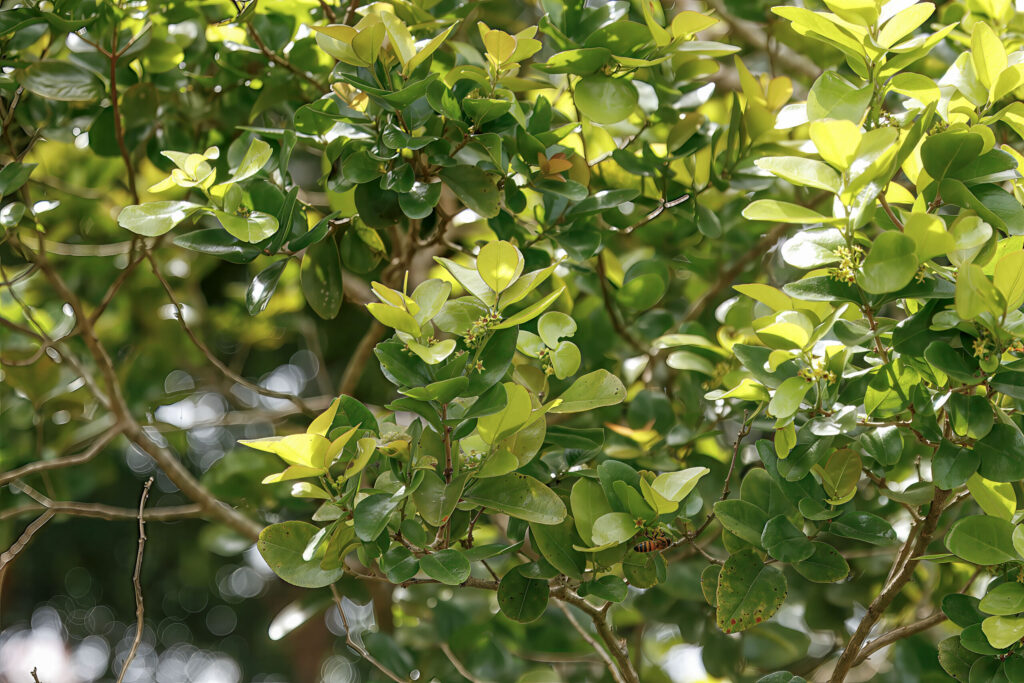
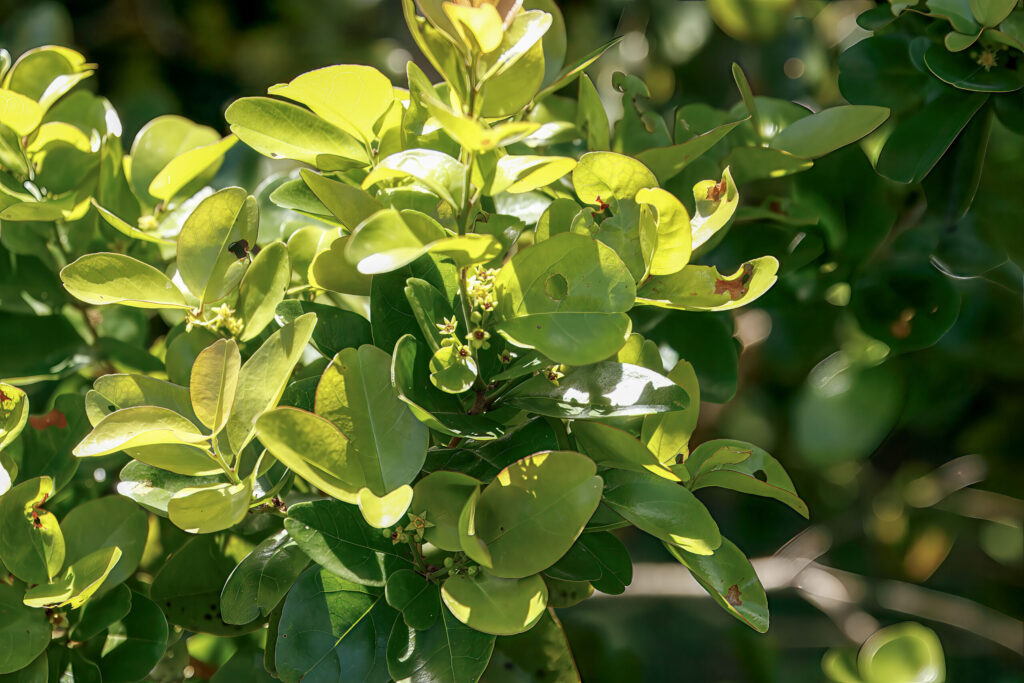
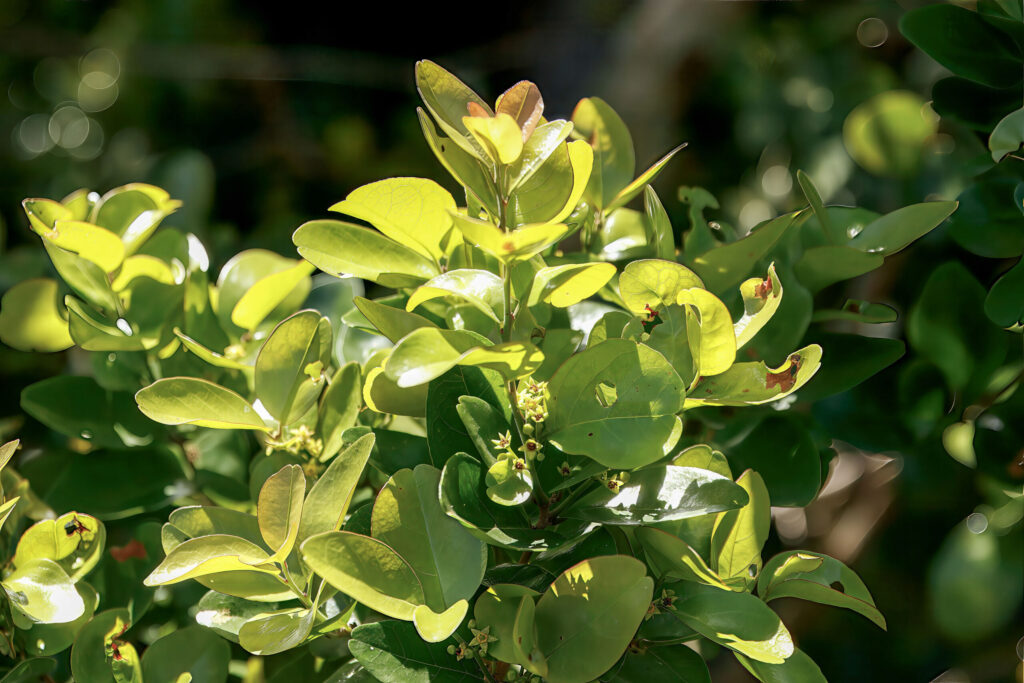
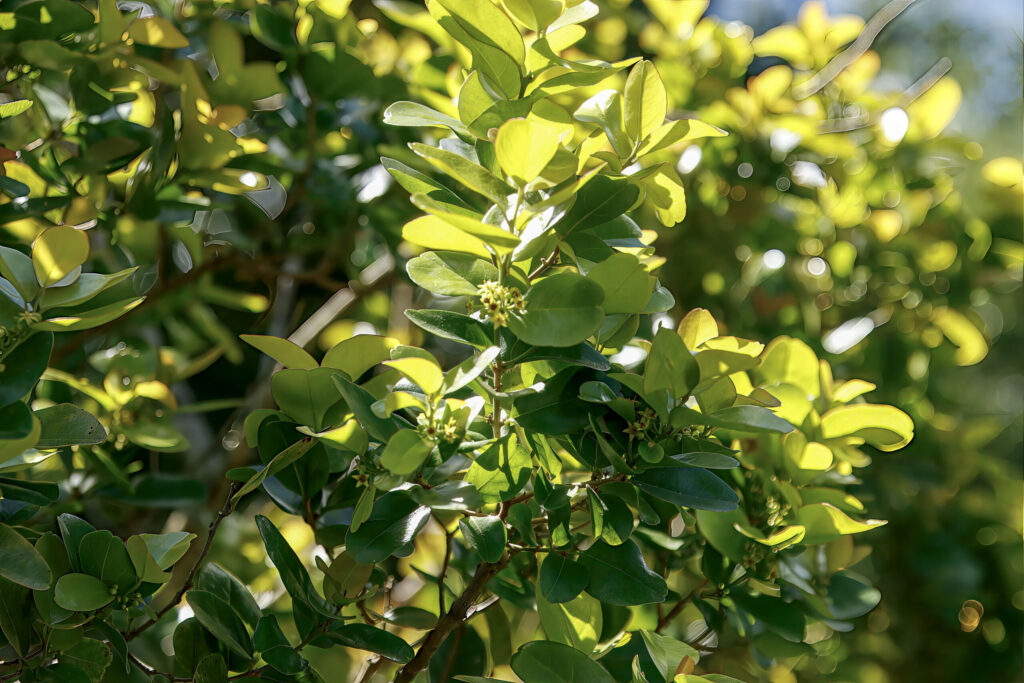
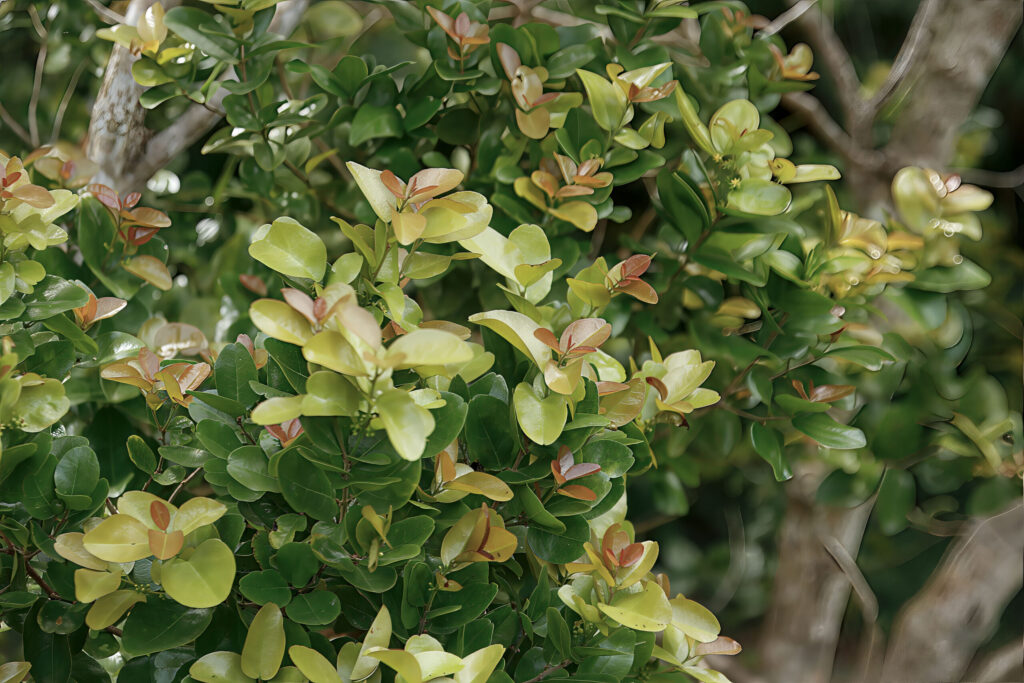

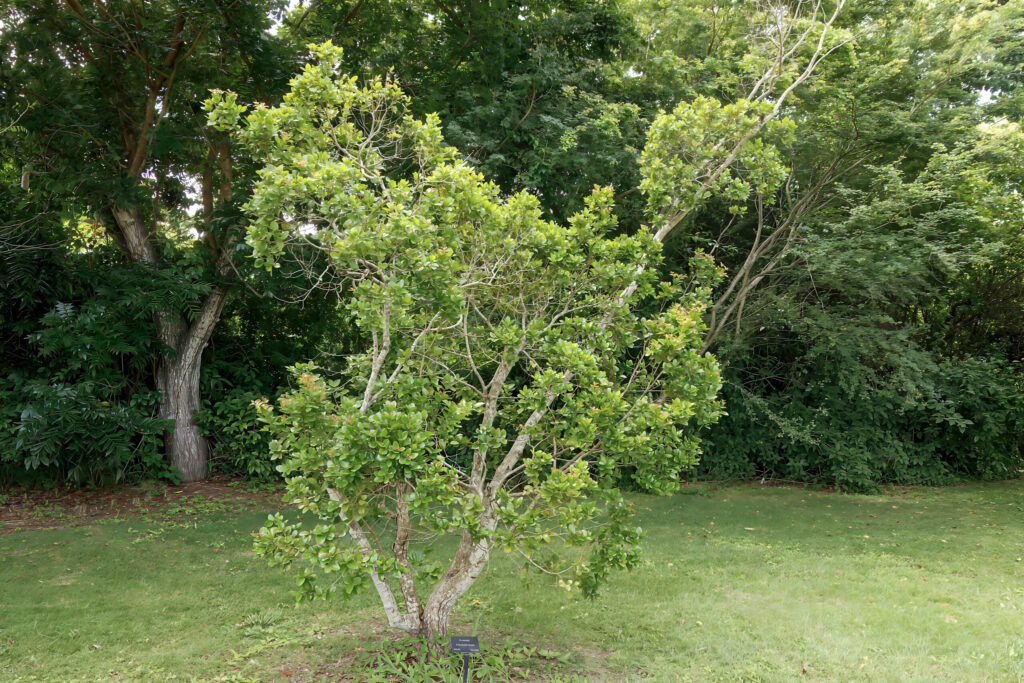
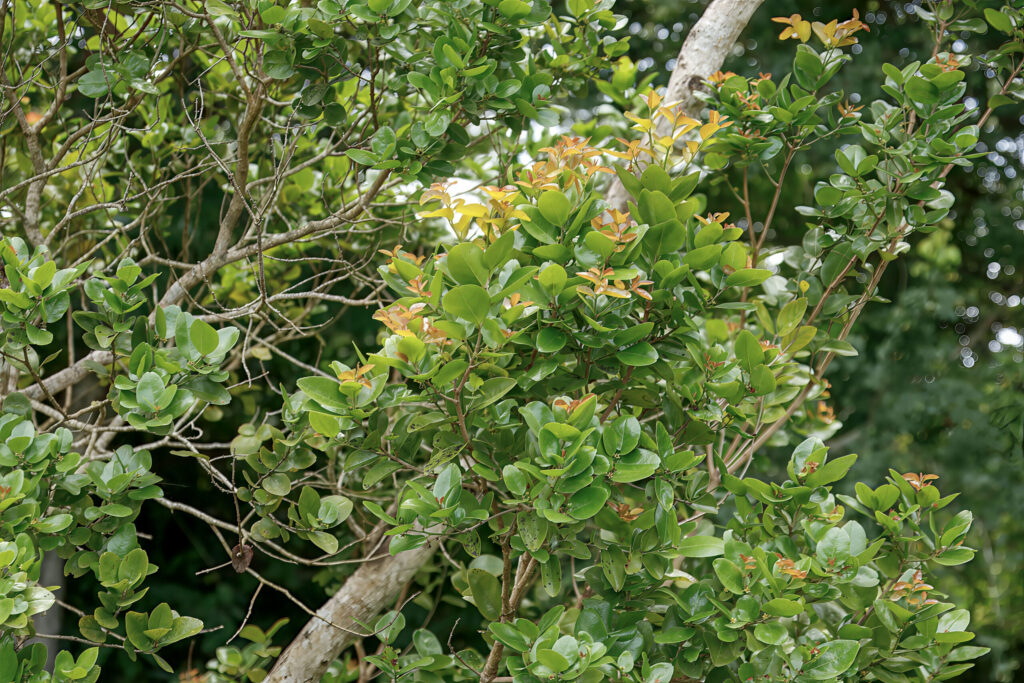
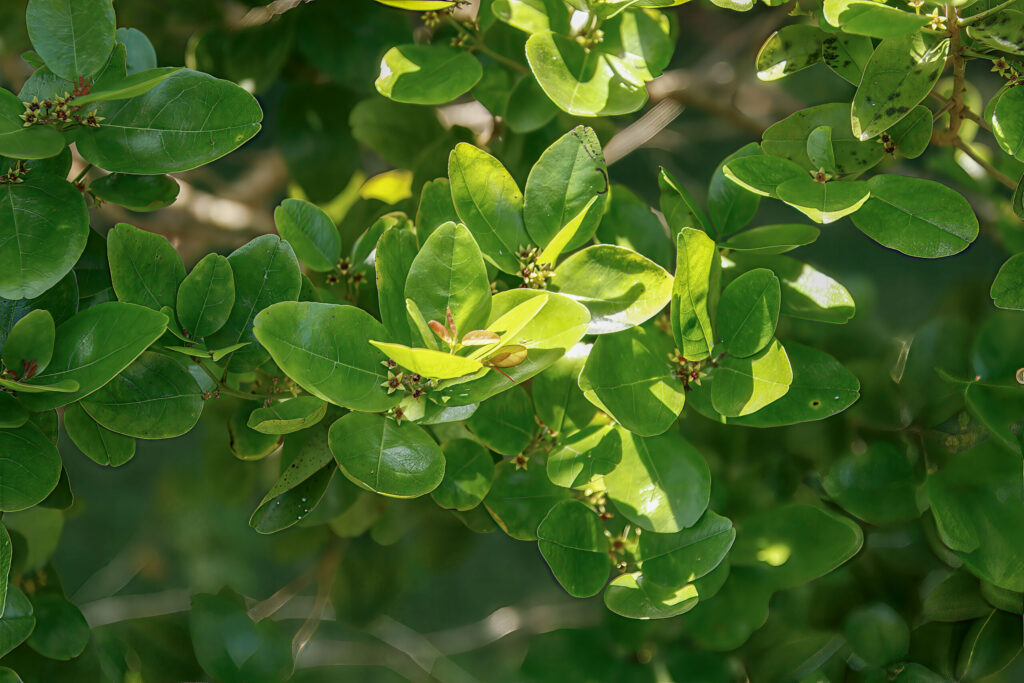
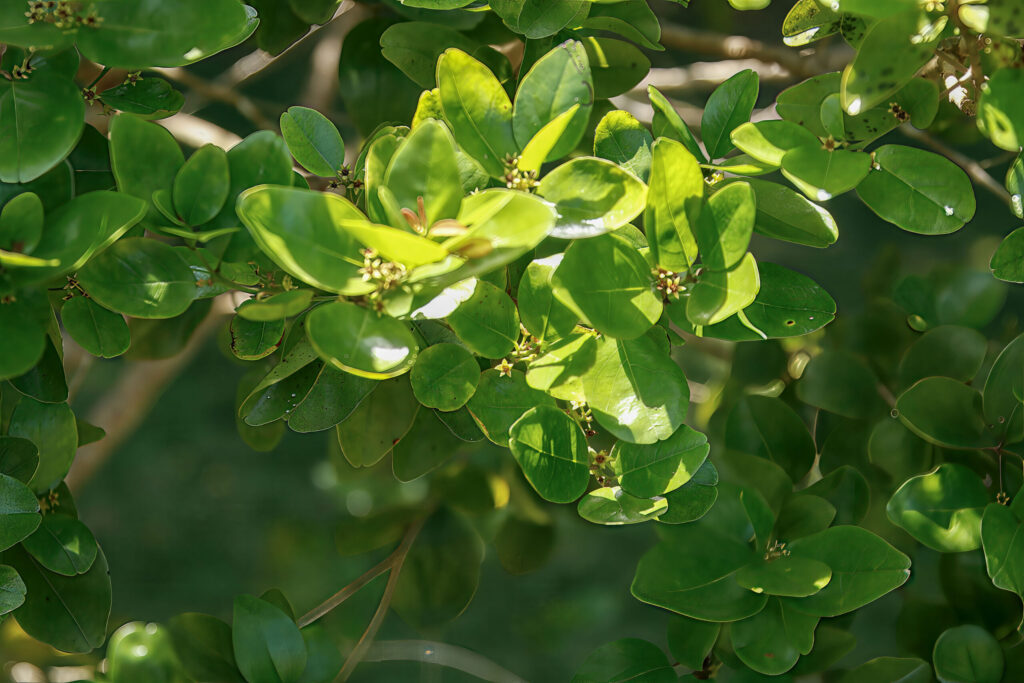
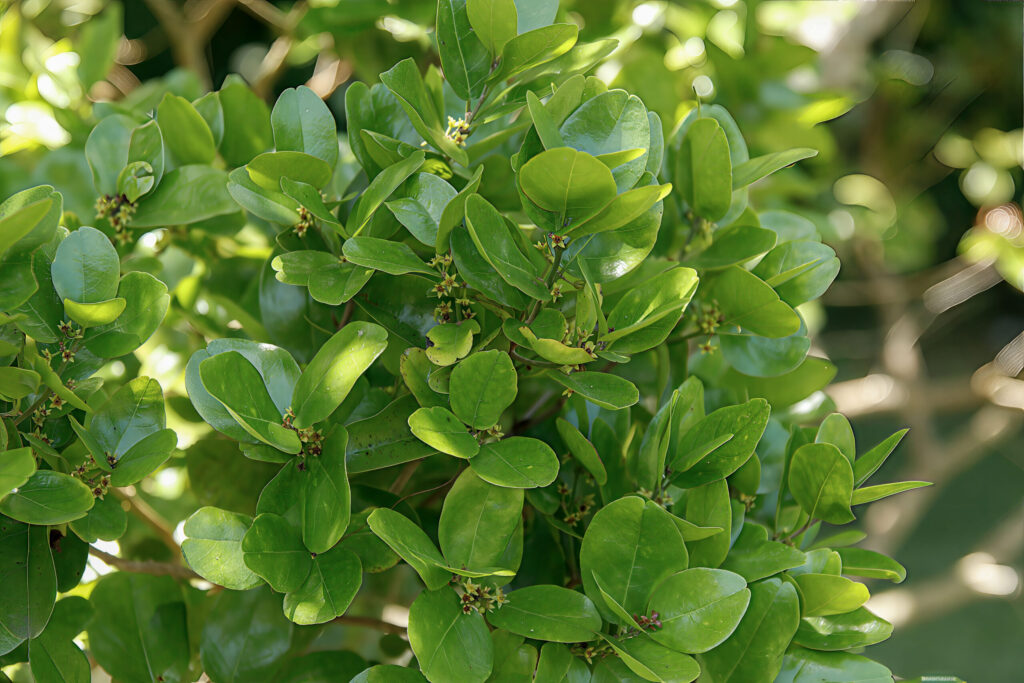
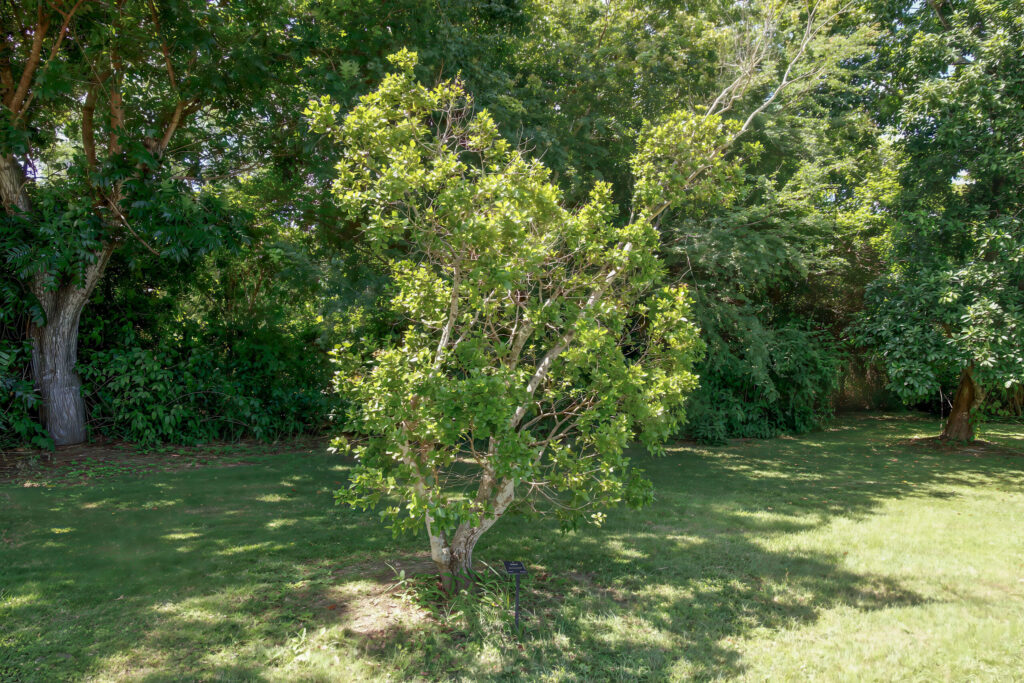
Observations:
Phenological Markers – Ironwood (Krugiodendron ferreum)
1. Leaf Behavior
Ironwood is evergreen, with small, thick, leathery leaves that are dark green and shiny.
- Leaves are opposite and oval to oblong, with a tough texture.
- There is no distinct seasonal leaf drop, though older leaves fall intermittently year-round.
Observation Tips:
- Watch for subtle new leaf flushes—new leaves may be slightly lighter in color.
- Note that this species maintains a stable canopy, even during droughts.
2. Flowering
Flowers are small, greenish-white, and usually inconspicuous, borne in leaf axils.
- Flowering can occur multiple times a year, often triggered by rainfall events rather than fixed seasons.
- Individual flowers are not showy, but close inspection reveals their presence.
Observation Tips:
- Observe leaf axils for small clusters of flowers.
- Flowering may be sporadic or subtle, so check regularly during wetter months.
3. Fruiting
Fruits are small drupes, about the size of a pea, which turn dark purple to black when ripe.
- Fruiting follows flowering and may occur several times per year, with small crops.
- The fruit is eaten by birds, aiding seed dispersal.
Observation Tips:
- Track fruit color change, from green to dark purple/black.
- Monitor for bird activity and fruit drop under the tree.
4. Growth Habit
Ironwood grows as a small to medium-sized tree, typically 10–25 feet tall, with a dense, rounded crown.
- Its name reflects the exceptionally hard and heavy wood, which resists decay.
- It is well suited to dry, rocky, or calcareous soils, making it ideal for native and drought-tolerant landscapes.
5. Seasonal Pattern (St. Croix)
- Year-round: Evergreen leaf cover with slow, steady growth
- Mar–Oct: Most likely periods for flowering and fruiting, especially after rains
- Nov–Feb: Minimal visible change; canopy remains stable
